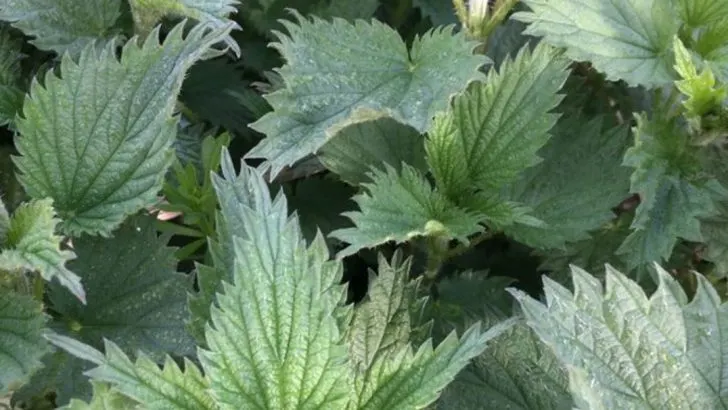Not every plant popping up in your garden is a problem. In fact, some so-called weeds bring surprising benefits—if you let them stay. These wild plants can improve soil, attract pollinators, and even outcompete truly invasive species.
By learning to recognize the helpful ones, you can turn part of your weeding routine into an act of smart gardening. Sometimes the plants you think you should pull are the ones that make your garden stronger, more balanced, and more beautiful.
In this article, discover 9 wild plants you actually want—and why it might be time to put down the trowel and let them thrive.
Dandelion

The dandelion, often seen as an unwelcome guest in pristine lawns, offers more than meets the eye. Beyond its cheerful yellow flowers, every part of this plant is edible, packed with vitamins A, C, and K.
Its roots can be roasted for a coffee substitute, while the leaves make a nutritious salad green. Not just for your plate, dandelions attract beneficial insects to your garden, aiding in pollination.
Their deep roots aerate the soil, bringing nutrients closer to the surface. Next time you see these sunny blossoms, consider their culinary and ecological benefits.
Nettle

Underappreciated for its sting, nettle is a nutritional powerhouse. Packed with iron, calcium, and vitamin C, it’s a wild plant worth harvesting.
When cooked, its sting vanishes, leaving behind a spinach-like green that enhances soups and teas. Besides its culinary uses, nettle improves soil health by adding nutrients as it decomposes.
Historically, it’s been used to make textiles and even beer. Brushing against nettles might be unpleasant, but their contributions to nutrition and tradition are undeniable. Embrace the sting for a natural boost to your garden and diet.
Chickweed
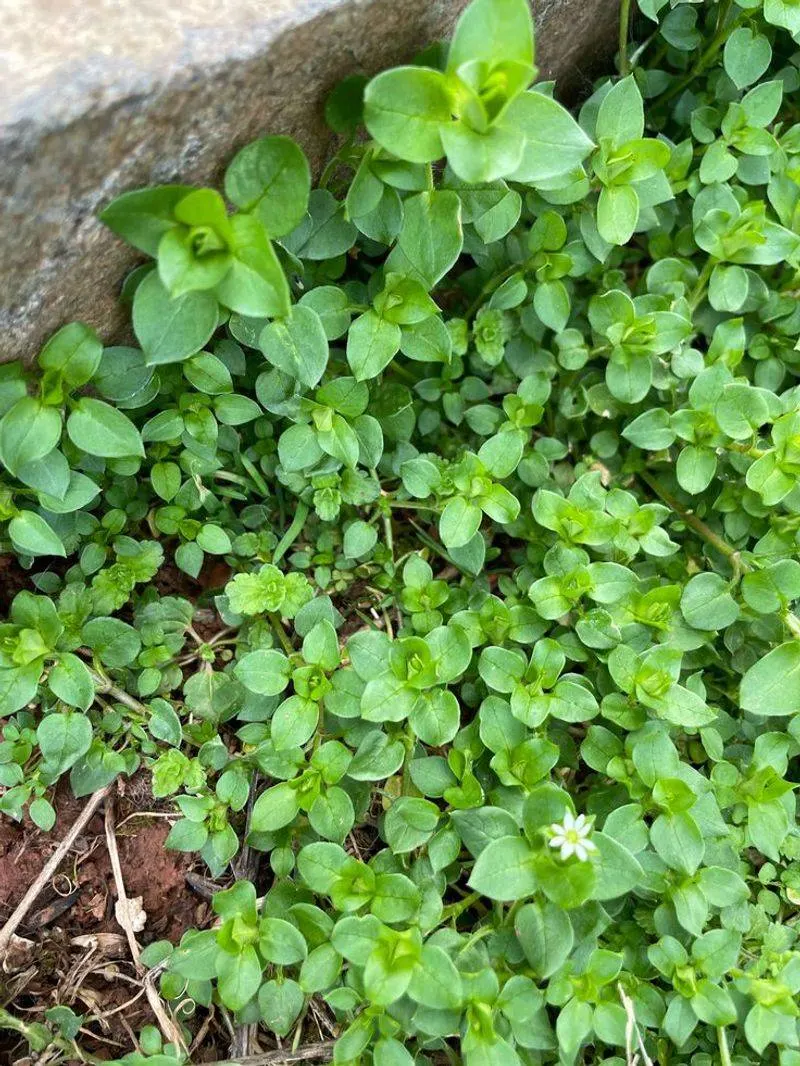
Chickweed, with its delicate white flowers, might be overshadowed by more robust plants, but it deserves its place in your garden. This ground cover is not only edible but tasty, akin to fresh spinach.
Rich in vitamins and minerals, it supports a healthy diet and can be added to salads or made into a soothing tea. Beyond nutrition, chickweed helps retain soil moisture and suppresses other weeds.
Its gentle presence protects your garden ecosystem, proving that size doesn’t dictate value. Next time you spot chickweed, consider its culinary and ecological charm.
Clover
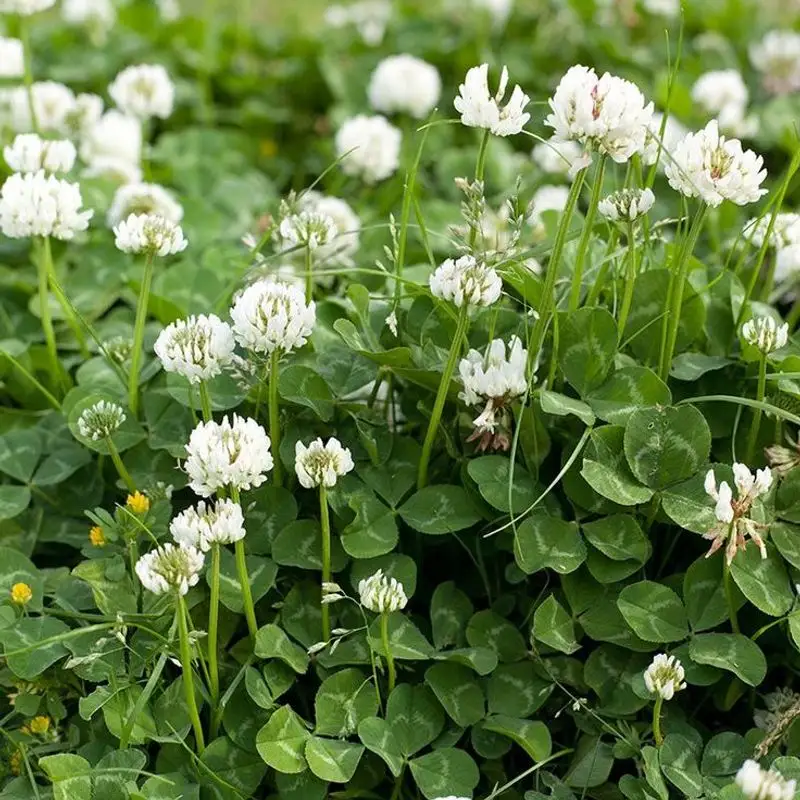
Clover isn’t just a symbol of luck—it’s an asset to any lawn. Clover enriches soil by fixing nitrogen, reducing the need for artificial fertilizers.
Its flowers attract bees, supporting pollination and biodiversity in your garden. As a low-maintenance ground cover, clover reduces erosion and requires less water than typical grasses.
Historically, it’s been valued in agriculture for its benefits to livestock and soil health. So, when you see those trifoliate leaves, remember their ecological and agricultural importance beyond folklore.
Purslane
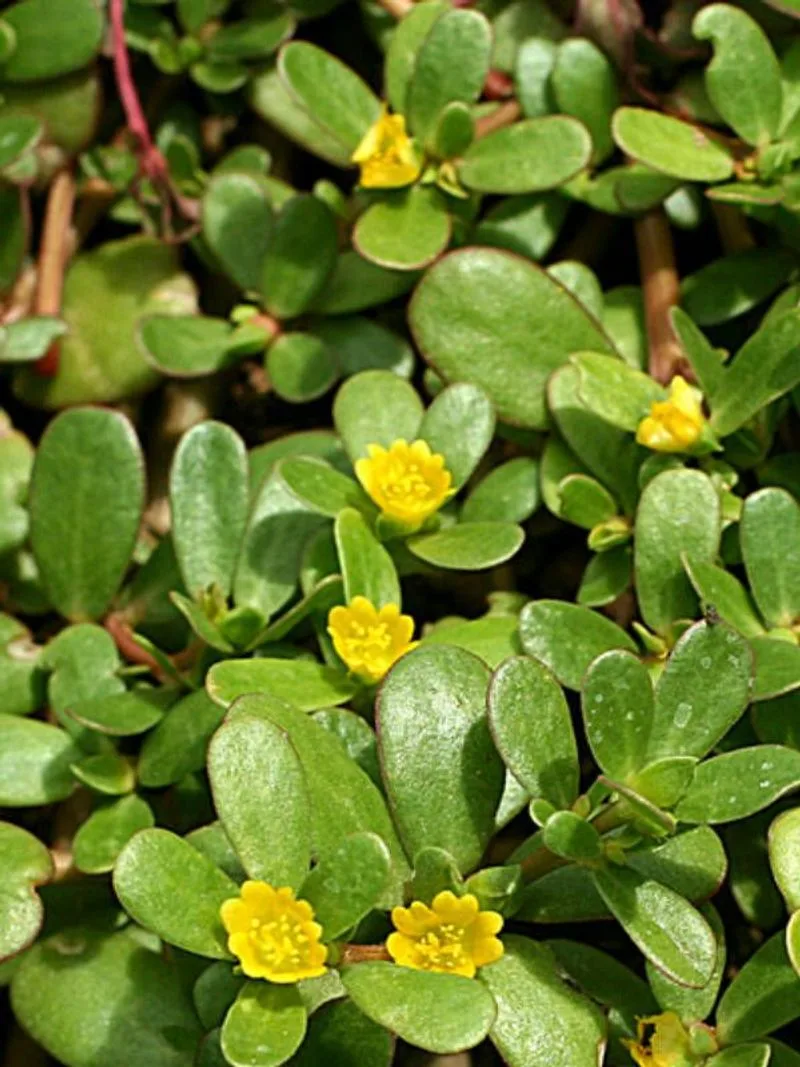
Not just a garden invader, purslane offers surprising culinary delights. Its succulent leaves are rich in omega-3 fatty acids and antioxidants, making it a nutritious addition to salads and stir-fries.
This heat-tolerant plant thrives in poor soil, helping reduce erosion while providing ground cover. Purslane’s resilience and nutritional value have been appreciated in Mediterranean diets for centuries.
Its tangy flavor and crunchy texture add a refreshing twist to meals. In your garden, purslane isn’t a pest but a gourmet ingredient waiting to be harvested.
Yarrow
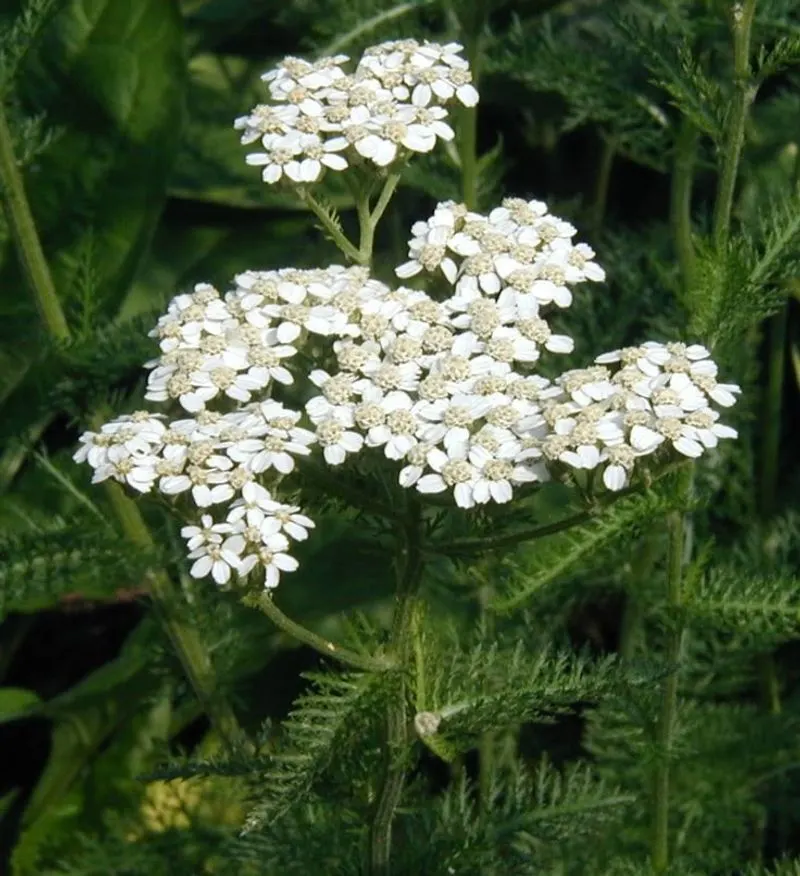
Yarrow, with its feathery leaves and clusters of white flowers, has a history intertwined with healing and folklore. Known for its medicinal properties, yarrow is used to reduce inflammation and aid digestion.
Gardeners value it for more than its health benefits. Yarrow attracts beneficial insects, such as ladybugs, and enhances the growth of surrounding plants by improving soil quality.
Its drought resistance and ability to thrive in poor soils make it a resilient garden friend. Appreciating yarrow means valuing both its herbal legacy and ecological benefits.
Milk Thistle
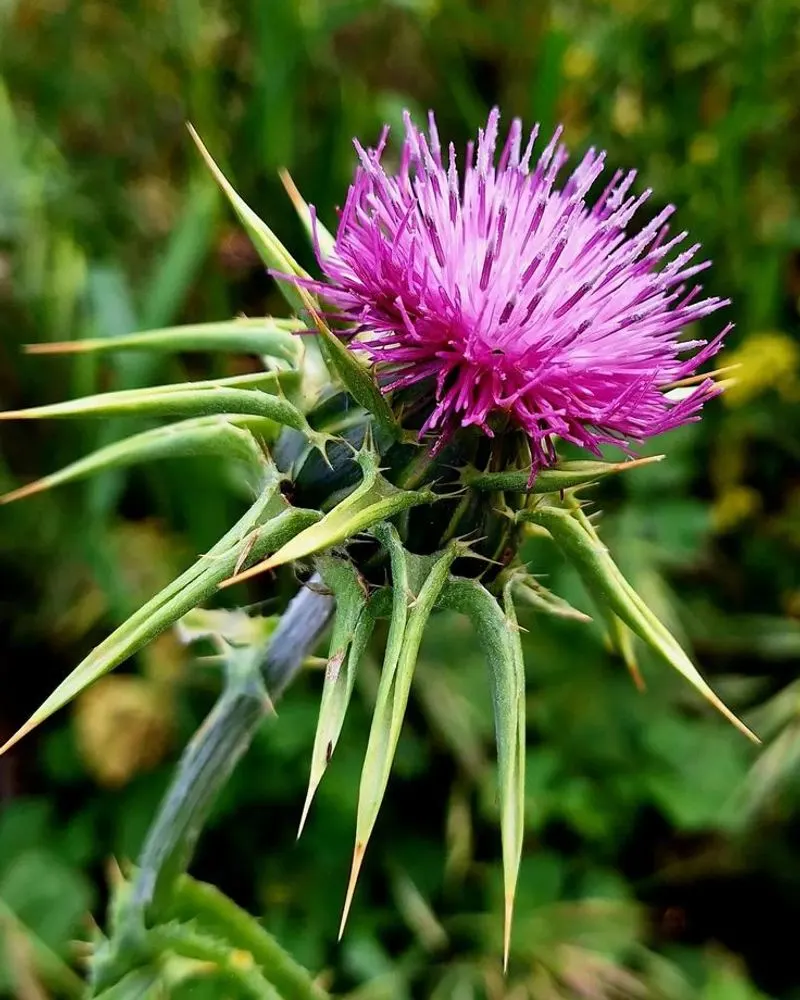
Recognizable by its spiky leaves and vibrant purple flowers, milk thistle is more than a prickly nuisance. It’s renowned for supporting liver health and detoxifying the body.
The seeds, containing silymarin, are used in supplements for their protective properties. Beyond health benefits, milk thistle attracts pollinators, earning its place in a wildlife-friendly garden.
Adapting to a variety of environments, this resilient plant is a testament to nature’s persistence and healing capabilities. Embrace its presence for both wellness and ecological balance.
Burdock
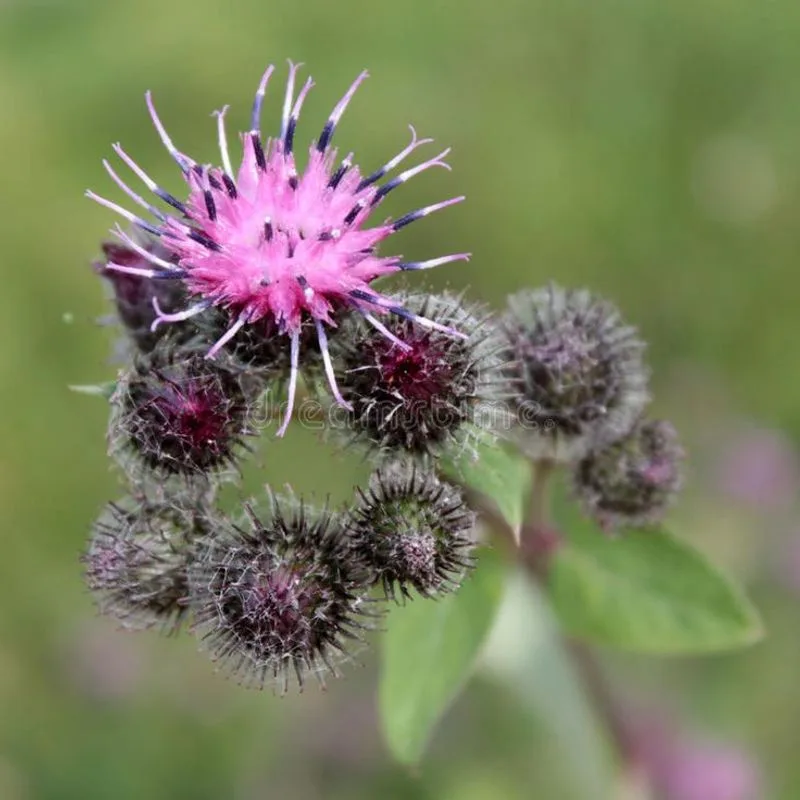
Burdock might be best known for its tenacious burrs, but it offers much more to those willing to look beyond its prickly exterior. The roots are edible and are a staple in Asian cuisine, known for their earthy flavor.
Rich in antioxidants and fiber, burdock roots support digestion and detoxification. This robust plant also enhances soil structure with its deep roots.
Historically, it’s been used in herbal medicine and even inspired the invention of Velcro. When dealing with burdock, it’s not just a weed but a plant of utility and intrigue.

